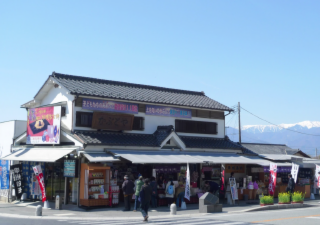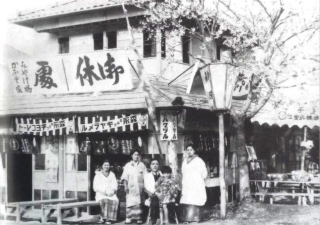Takeda Jinja


Takeda Jinja is enshrining the great general of Kai (old name of Yamanashi), Shingen Takeda. It was established in 1919, at the ruin of Tsutsujigasaki mansion built by Nobutora in 1519, where the three generations of Takeda family, Nobutora, Shingen, and Katsuyori had lived and administered the affair of the state for about 63 years. It has been assigned as national historic site.





Enshirined Diety, Harunobu (Shingen) Takeda
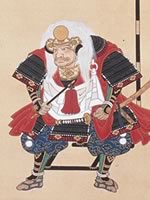
Thus even nowadays, people adore him as “Shinge-san, Shingen-san” and are proud of him as a hero of home province.
The benefit from Shingen’s state management even reaches today, including Shingenzutsumi which took about 20 years for construction.
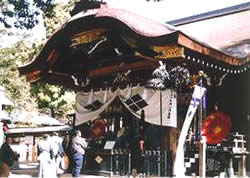
Since then, Takeda Jinja has revered by people as a guardian of Kai. In 1999 it had 80th anniversary, and the establishment of Kitoden called “Ryowaden”, a place for ceremonies like purification rites or prayer services are held, has started as well as other commemorative events.
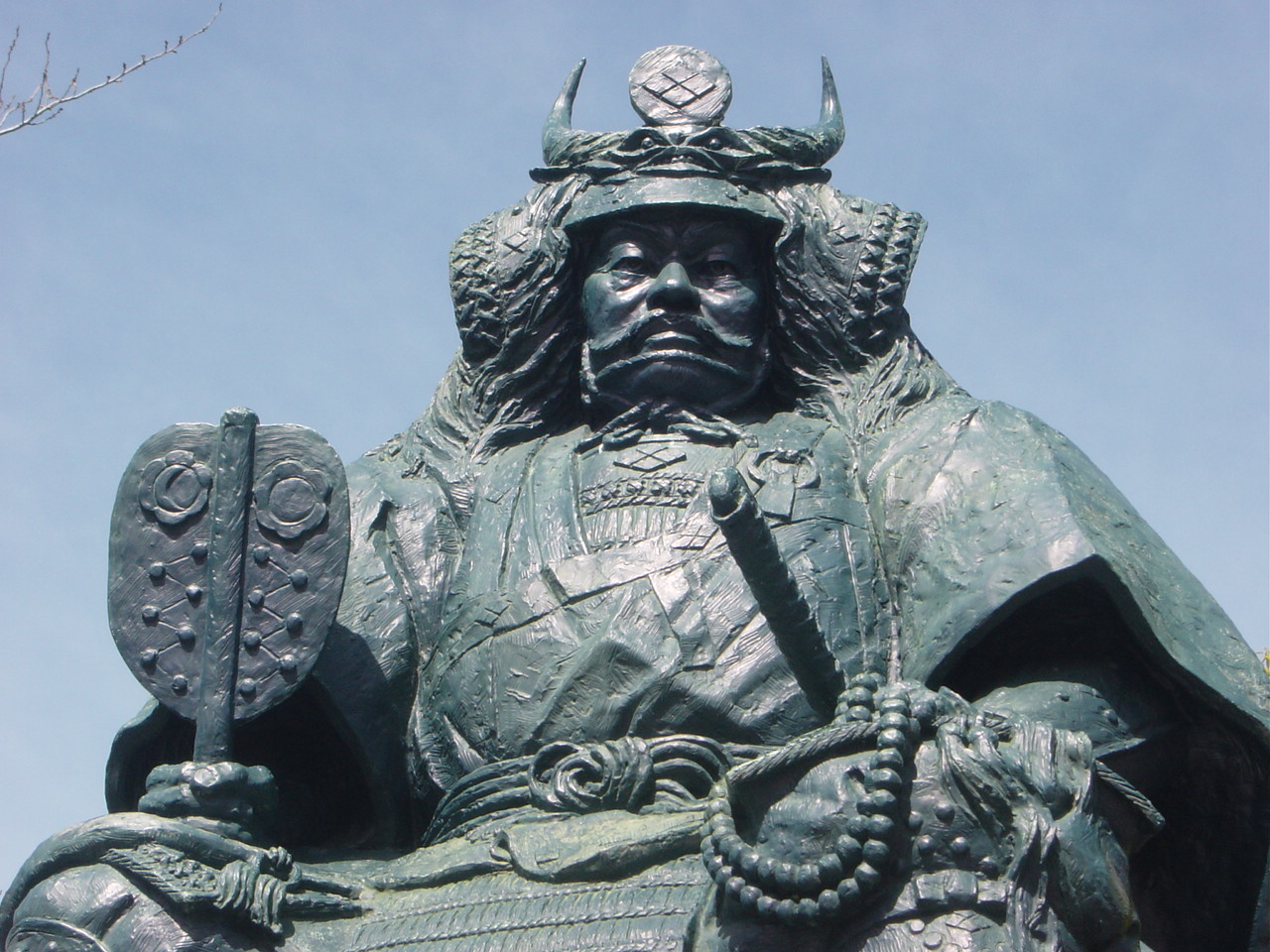
Grace of Takeda diety
The grace is not only for guarding Kai, but also for victories. Therefore praying not only for winning in competitions, but also for “victories in life” and “to deny myself” would be reasonable.
Hero of Sengoku period, Shingen Takeda
~people are a castle, people are a stone wall, people are a moat.~

Kai Genji and Takeda Family The 19th head of the family.
Father of Takeda family is a group of warriors called Kai Genji appeared in late Heian era.
Making the biggest impact at The Genpei Wars, fighting bravely at the battle of Fujigawa, Ichinoya, and Dannoura, his stories add more opulence to the famous scenes of “The tale of the Heike”, “Genpei Josuiki”, “Azumakagami” and so on.
The origin of the name Kofu comes from as Nobutora built his house in this land and named the territory as Kai Fuchu in 1519. The mansion was standing at Tsutsujigasaki, where Takeda Jinja is now standing at. That is why his house was called Tsutsujigasaki Mansion.
Shingen was born at Yogai castle at the north-east of the mansion, two years after the mansion was built in Kofu. His father was Nobutora, and his mother was Mrs. Oi. At his birth place, “the well of his first bath” is left. Since then, Kofu became the prosperity land for more than 60 years of Nobutora, Shingen and Katsuyori, three generations of Takeda family.
The benefit from Shingen’s state management even reaches today, including Shingenzutsumi which took about 20 years for construction.
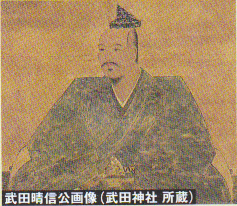
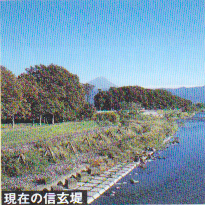
The greatest bout of Sengoku era, “the Battle of Kawanakajima” was fought five times in twelve years by Shingen and Kenshin. Kawanakajima is a granary where Chikuma river and Sai river meet, and important roads merge. Neither Shingen nor Kenshin could give up the land. The largest battle was the fourth one; Shingen had an army twenty thousand strong, and Kenshin had thirteen thousand. Seven thousand were killed, but the dispute was never settled.
Create state with slogan “people are a castle” and the strategy of this battle flag “Furinkazan”
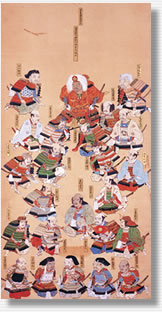
The principle of Shingen’s state management was, “people are a castle, people are a stone wall, people are a moat, benevolence is a friend, and a disservice is an enemy.” Therefore the whole state is a castle, and he believed that it is the harmony of citizens which is important and equals to rugged mountain area. In fact, throughout his life, he had never allowed his enemies to step in to his territory.
The battle flag of “Furin Kazan” was always fluttering in the vanguard of his army corps. It is a quote from four phrases from Sun Tzu's The Art of War: "as swift as wind, as silent as forest, as fierce as fire, as unshakeable as mountain." The total of his fight in lifetime was more than one hundred thirty. He was certainly living in wars.
Prosperity of Takeda Clan for more than 60 years
In 1572, after the battle of Kawanakajima, Shingen went to his last war heading to Kyoto. At this moment, the commander Shingen was fifty one, and the illness of his lungs was already very serious.
On December 22, he gave a serious damage to the troop of Tokugawa Ieyasu at the battle of Sanpougahara, and debouched to Mikawa. On January 14, he beleaguered Noda Castle, and a month later, he let the castle surrender and entered Nagashino Castle. His dream to take power was almost there to become true.
However, his health condition had worsened that he had to pullout and back to Kofu once. In the middle of the operation to going west, Shingen collapsed from illness with a deep disappointment on April 12 at Shinshu Ina. He was fifty three. His will was, “hide my death for three years”. He believed his son Katsuyori to fulfill his dream.
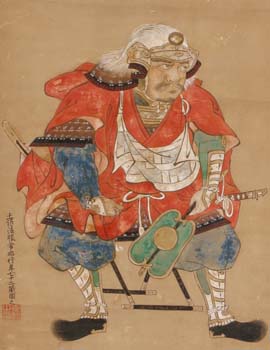
KABUTO-YA
Kabutoya is located next to the moat of Takeda Jinja, which was built in 1919, at the ruin of Shingen Takeda’s house, Tsutsujigasaki mansion. Since our establishment in 1973, we have been selling gifts related to Shingen Takeda.
ACCSESS
In the case of JR available
From JR Kofu station (North Exit), about 8 minutes by bus.
Please take a bus bound for “Takeda Jinja” or “Sekisuiji”.
It takes about 1h 30min. by Express “Azusa”, or about 1h 45min. by Express “Kaiji” from Shinjyuku station to Kofu staion.
If you are using a car
● About 30 minutes from Kofu-Showa I.C., Chuo Expressway
● Please use the free parking.
Capacity of 10 buses and 154 cars.
● Parking lot for buses are located next to the elementary school. Please follow rules on the information board at the parking.






